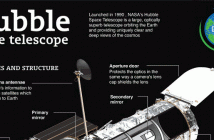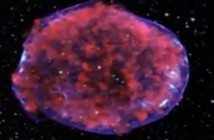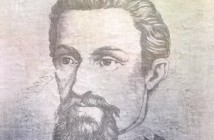Galileo Galilei was the pivotal personality in the progress of the modern astronomy. It was all because of his contributions to astronomy and his accomplishments in physics and their connection to astronomy. He gave the necessary observations that confirmed the Copernican theory and these also laid the fundamentals for a precise and appropriate understanding about the way that the objectives move on the Earth’s surface.
Newton, a famous scientist who was born after Galileo passed away, considered the ideas of Galileo to illustrate that the laws of movement in heaven and the law of movement on Earth were just the same. Hence, Galileo started and Newton finished a synthesis of physics and astronomy in which the previous has been acknowledged as but the specific example of the second and that will cast out the ideas of Aristotle almost totally from both.
Galileo has been recognized today as the father of the contemporary astronomy and physics. As said before, Galileo contributed a lot to astronomy. Would you like to know what he did for the progress of the modern astronomy? If you answered “yes”, you should read on and discover more about Galileo’s contributions to astronomy.
Galileo Galilei Contributions to Astronomy
In 1592, Galileo Galilei started to teach mathematics in the University of Padua where he worked as a teacher for 18 years. In 1609, as he heard reports about an ordinary magnifying tool put together with the use of a lens-grinder that happened in Holland, Galileo built the 1st comprehensive astronomical telescope. He began to explore the heavens by using his telescope and he found out that the moon is shining with a reflected light. He also said that the moon has an uneven and mountainous surface.
He continued his exploration of the solar system and he added that the Milky Way was comprised of various scattered stars in the sky. In the year 1610, Galileo explored the 4 biggest satellites of the planet Jupiter, the 1st satellites of a planet except Earth to be determined. He studied and observed the oval shape that the planet Saturn has (the limitations of the telescope that he invented hindered the determining of Saturn’s rings), the phases of the planet Venus and the spots that he saw on the sun.
With his continuous investigations and observations, he confirmed his acceptance of the Copernican hypothesis regarding the solar system. On the other hand, he didn’t declare openly a doctrine that is opposed to the acknowledged beliefs until the year 1613, the time when he gave a report regarding the sunspots. Meanwhile, he moved out to Florence as a mathematician and philosopher to Cosimo II de’
Medici, the grand duke of Tuscany. He also worked and served as a mathematician in the University of Pisa that is located in Pisa, Italy.
Galileo Galilei was born in 1564 and he passed away in 1642. His contributions to astronomy are a great help to the development of Astronomy and all of his works will be cherished and kept as a part of the history.



